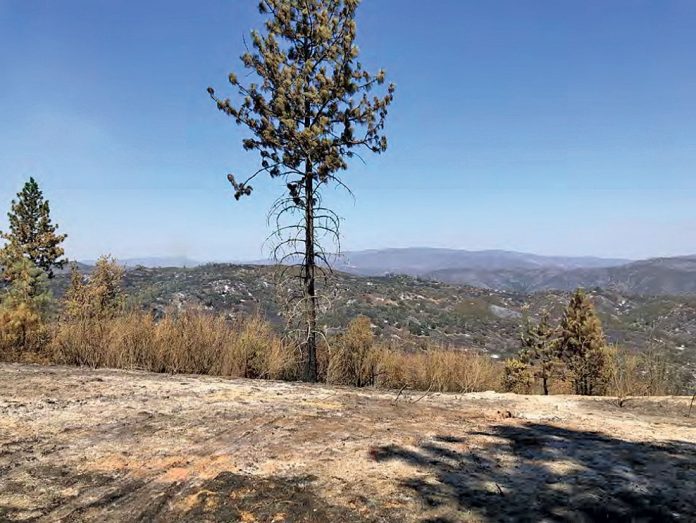
The weather forecast Monday called for sunshine across California, with barely a cloud on the horizon for the next week or so.
Pour yourself a nice, cool glass of water—and then think about how you’re going to start conserving it.
The lack of rain and snow during what is usually California’s wet season has shrunk the state’s water supply. The Sierra Nevada snowpack, a crucial source of water as it melts over the spring and summer, is currently at 65% of normal. Major reservoirs are also low.
Two state agencies warned last week that the dry winter is very likely to lead to cuts in the supply of water to homes, businesses and farmers. The federal Bureau of Reclamation also told its agricultural water customers south of the Sacramento-San Joaquin River Delta to expect no water this year.
“There will be a bunch of annual crops that won’t get planted,” said Ernest Conant, the bureau’s regional director. “I hate doing this, but unfortunately, we just can’t make it rain.”
In Marin County, reservoirs are barely half full and the water agency has already declared a drought and asked residents to voluntarily cut back on water use.
“The strategy of ‘let’s just hope for rain’ is not an option,” said Cynthia Koehler, president of the Marin Municipal Water District. If consumption does not fall enough through voluntary measures, mandatory cuts may be necessary.
Statewide, the drought is not yet as severe as the long dry spell that in 2014 led Jerry Brown, the governor at the time, to declare a state of emergency and cut water to the state’s utilities by 25%. During that period, the state Water Resources Control Board invoked rarely used powers to order some large water users to stop drawing from the state’s rivers and waterways.
Changes that California residents made during that crisis led to a lasting drop in urban water use, officials said. Farming, which accounts for 80% of water use, has also become more efficient.
But if next winter is also dry, California could be looking at another drought emergency, according to Karla Nemeth, director of the California Department of Water Resources, which just cut allocations to the 27 million Californians served by the State Water Project.
“We’re trying to get out in front of it and get people prepared,” she said. “Surprises aren’t great for the utility community.”
Climate change is likely to mean longer and deeper droughts, said Joaquin Esquivel, chair of the state water board. He suggested that communities need to work proactively to assess local water supplies and conserve before regulators need to take drastic action like curtailing water access.
That’s precisely what the Marin water utility is doing.
“We’re not going to wait until we are in crisis until we address the problem,” Koehler said.
The dry conditions do not just mean a lack of water for drinking, bathing and farming. California is looking at the possibility of another devastating fire season.
“The level of concern is through the roof,” said Daniel Swain, a climate scientist at the University of California, Los Angeles, and the Nature Conservancy. After two years of drought, the soil moisture is depleted, drying out the vegetation and making it more prone to combustion.
“This is going to be a big problem throughout the West,” he said.













